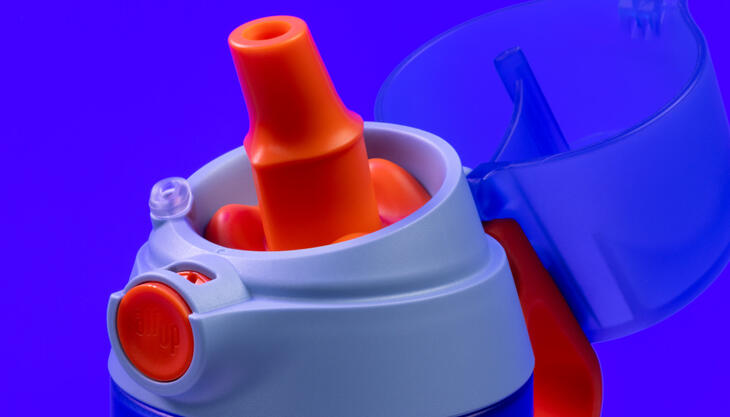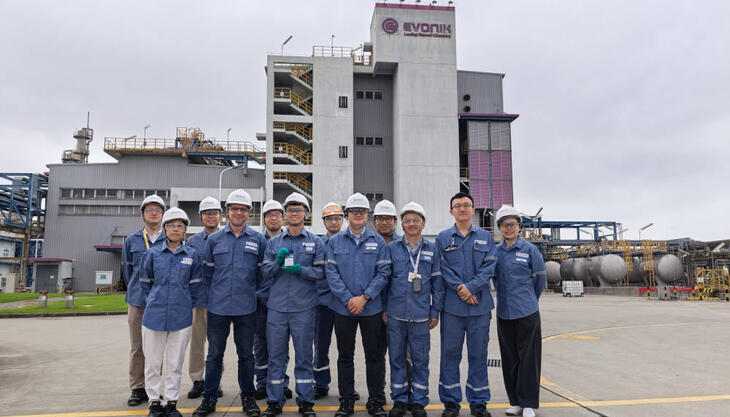11 March 1954: “Made polypropylene”

11 March 1954 was a Thursday and Giulio Natta’s diary entry for that day read “Fatto il polipropilene” (Made polypropylene). That was indeed the day that saw the birth of polypropylene, which therefore celebrates seventy years exactly. A landmark birthday for a material that, from Italy, would go on to become widespread throughout the world, and more less directly affect the daily lives of everyone.
The first formulation was created in the laboratories of the Department of Chemistry, Materials and Chemical Engineering of the Polytechnic University of Milan, now named after the scientist. Back then, polypropylene was a by-product of catalytic cracking and the discovery was significant not so much for the polymerisation of polypropylene, which was nevertheless fundamental, but for the fact that it made it possible to control the spatial structure of the polymer, making it ordered and regular. Natta himself termed “isotactic” the resulting polypropylene, precisely to differentiate it from the amorphous, aka atactic, type.
In fact, the ordered chemical structure of isotactic polymer gives it the high crystallinity that in turn determines the remarkable mechanical properties that have led to its widespread use in countless applications. According to the most recent estimates, almost 100 million tons per year are produced worldwide, corresponding to over 10 kg per person, with a total value of around 150 billion dollars, i.e., 0.15% of the global GDP.

Giulio Natta was born on 26 February 1903 in Porto Maurizio (Imperia). After graduating from the Cristoforo Colombo classical high school in Genoa at just 16 years of age, he remained in Genoa to do a two-year preparatory engineering course. In 1921, he embarked on a degree course in industrial engineering at the Polytechnic University of Milan and the following year became an internal student at the Polytechnic’s Institute of General and Inorganic Chemistry. At just 21, he graduated in chemical engineering under Giuseppe Bruni, immediately becoming his assistant, and from 1925 to 1933 he was head of analytical chemistry at the Polytechnic. At the same time, from 1929 to 1933, he was also in charge of physical chemistry at the Faculty of Science of the University of Milan, a period in which he rose to prominence for some of his research in crystallography and inorganic industrial chemistry.
From the early 1950s, Natta began to focus, within the field of macromolecular chemistry, on questions concerning the stereochemistry of polymers and macromolecules in general. As a result, he learned of the polymerisation of ethylene and the dimerisation of alpha-olefins in the presence of aluminiumalkyl compounds, processes that were being carried out in that period by the German chemist Karl Ziegler using organometallic catalysts, or “Ziegler catalysts”. Natta realised that these catalytic (metallorganic) polymerisation processes could potentially be used to obtain very linear, low polymers starting from monomers such as ethylene, whose linear structure he compared with the branched one typical of high polymers. When Ziegler went on to produce high-density linear polyethylene by means of the same polymerisation procedures used for ethylene but with other catalysts, Natta had the idea of applying this method not just to ethylene but also to polypropylene and other higher alpha olefins, using some variants of the Ziegler-type catalysts. Thus, on 11 March 1954, he managed to obtain isotactic polypropylene, a new organic compound with a highly ordered crystalline structure, which gave rise to stereospecific (or stereoregular) polymers that boasted excellent chemical and mechanical properties, and were later patented under trade names like Moplen, Meraklon and Mopeflan.
In recognition of their invention of new catalysts for stereospecific polymerisation, later dubbed Ziegler-Natta catalysers, Natta and Ziegler were jointly awarded the Nobel Prize for Chemistry in 1963. The subsequent global industrial production of isotactic polypropylene, the most appreciated of the polypropylenes, was based on the patents (known as the “Natta-Montecatini patents”) that Natta, starting in the mid-1950s, went on to file in co-ownership with the Montecatini company. These patents were the fundamental inspiration for all the other production methodologies subsequently developed independently by other companies.


















